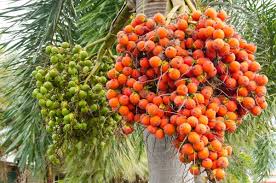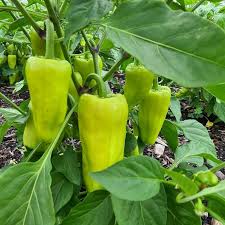Onion farming requires careful attention to various factors such as soil preparation, planting, nutrient management, and pest control. Here is a comprehensive package of practices for onion cultivation:
1. Site Selection and Soil Preparation
Climate and Soil Requirements:
- Onions grow best in mild climates with temperatures ranging from 12-24°C.
- Well-drained, sandy loam soils rich in organic matter are ideal.
- Soil pH: 6.0 to 7.0.
Land Preparation:
- Plow the field thoroughly to a depth of 15-20 cm to break up clods and ensure a fine tilth.
- Remove weeds, debris, and stones.
- Create raised beds or ridges to facilitate drainage and prevent waterlogging.
2. Seed Material and Planting
Variety Selection:
- Choose high-yielding, disease-resistant varieties suitable for your region.
Seedling Preparation:
- Raise seedlings in a nursery bed.
- Sow seeds 1-2 cm deep in rows spaced 10-15 cm apart.
- Maintain moisture through regular watering and protect seedlings from direct sunlight initially.
- Transplant seedlings to the main field when they are 6-8 weeks old and about 15 cm tall.
Planting:
- Planting time: Depending on the variety and region, typically during late winter to early spring or during late summer to early autumn.
- Spacing: 10-15 cm between plants and 20-30 cm between rows.
- Plant seedlings at a depth of 2-3 cm.
3. Nutrient Management
Fertilization:
- Apply well-decomposed farmyard manure (FYM) at 20-25 tons per hectare before planting.
- Basal dose: Apply NPK at 60:60:60 kg per hectare at planting time.
- Topdressing: Apply additional nitrogen at 30-40 kg per hectare 30 days after planting and again at 60 days.
4. Irrigation Management
Watering Schedule:
- Regular irrigation is crucial, especially during the initial stages and bulb development.
- Frequency: Irrigate every 7-10 days depending on soil moisture and weather conditions.
- Avoid waterlogging as it can lead to bulb rot.
5. Weed Management
Weed Control:
- Manual weeding or hoeing 2-3 times during the growing season.
- Use mulching with organic materials like straw or plastic to suppress weeds and conserve moisture.
- Herbicides can be used as per recommendations from local agricultural extensions.
6. Pest and Disease Management
Common Pests:
- Thrips, onion maggots, and cutworms.
Common Diseases:
- Downy mildew, purple blotch, and basal rot.
Control Measures:
- Use disease-free planting material.
- Rotate crops with non-host plants to reduce pest and disease incidence.
- Regularly monitor the field and apply recommended organic or chemical pesticides and fungicides.
- Practice good field sanitation by removing and destroying infected plants.
7. Bulb Development and Harvesting
Bulb Development:
- Ensure adequate spacing and proper nutrient management for uniform bulb growth.
- Reduce irrigation frequency as the bulbs mature to enhance bulb storage quality.
Harvesting:
- Harvest onions when 50-70% of the tops have fallen over and turned yellow.
- Lift the bulbs gently with a fork or spade and allow them to dry in the field for a few days.
8. Post-Harvest Management
Curing:
- Cure harvested bulbs by placing them in a well-ventilated, dry area for 10-15 days.
- Trim the tops to 2-3 cm above the bulb and remove loose outer scales.
Storage:
- Store cured onions in a cool, dry, well-ventilated place.
- Ideal storage conditions: 0-5°C and 65-70% relative humidity.
- Use mesh bags or crates to allow air circulation and prevent spoilage.
9. Marketing
Market Channels:
- Sell onions through local markets, wholesalers, cooperatives, or directly to retailers.
- Consider value addition through processing into products like dried onions or onion powder for higher profitability.
Additional Tips
- Intercropping:
- Consider intercropping with compatible crops like carrots, lettuce, or beets to optimize land use and increase income.
- Organic Farming:
- If opting for organic farming, avoid synthetic chemicals and use organic manures and bio-fertilizers.
- Record Keeping:
- Maintain detailed records of farming activities, inputs used, and expenses for better management and traceability.
Implementing these practices should help you achieve a successful onion farming venture. For more region-specific advice, consult local agricultural extensions or experts.






